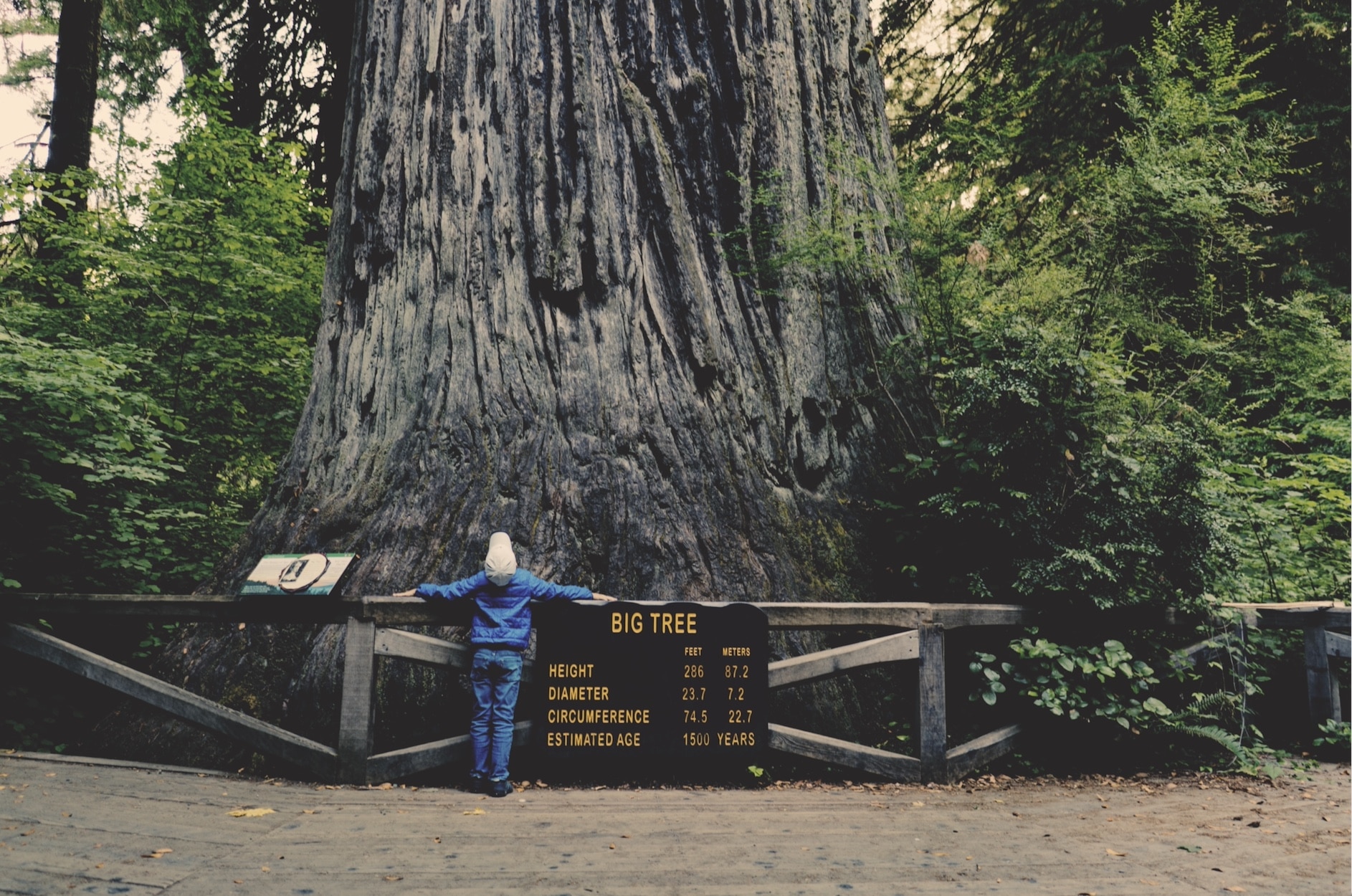
Befriending a tree is a great way for your child to learn about one of the most important living things on this planet— and one that is likely just outside their door. By becoming a friend to a tree, your child can learn not only about the vital role of trees, but they will develop an appreciation for these dependable but dynamic organisms. Visiting their tree year-round and noticing how it changes from season to season, will also help them tune into local ecology as well.
Your child can befriend their tree and start their tree observation in any season. Don’t worry about starting when there are leaves or flowers on a tree, you can learn a lot from a bare tree.
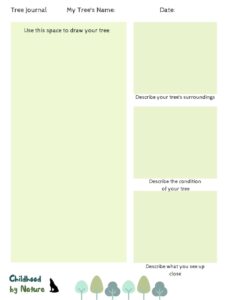 Equip your child or student with our downloadable tree journal, a clipboard or book to write on and something to write with. Guide them through the steps below so they can take on a macro and micro perspective when exploring the texture, size and features of their tree. They can either fill out the sections of the tree journal as they make their observation or else at the end after they have made all of their observations.
Equip your child or student with our downloadable tree journal, a clipboard or book to write on and something to write with. Guide them through the steps below so they can take on a macro and micro perspective when exploring the texture, size and features of their tree. They can either fill out the sections of the tree journal as they make their observation or else at the end after they have made all of their observations.
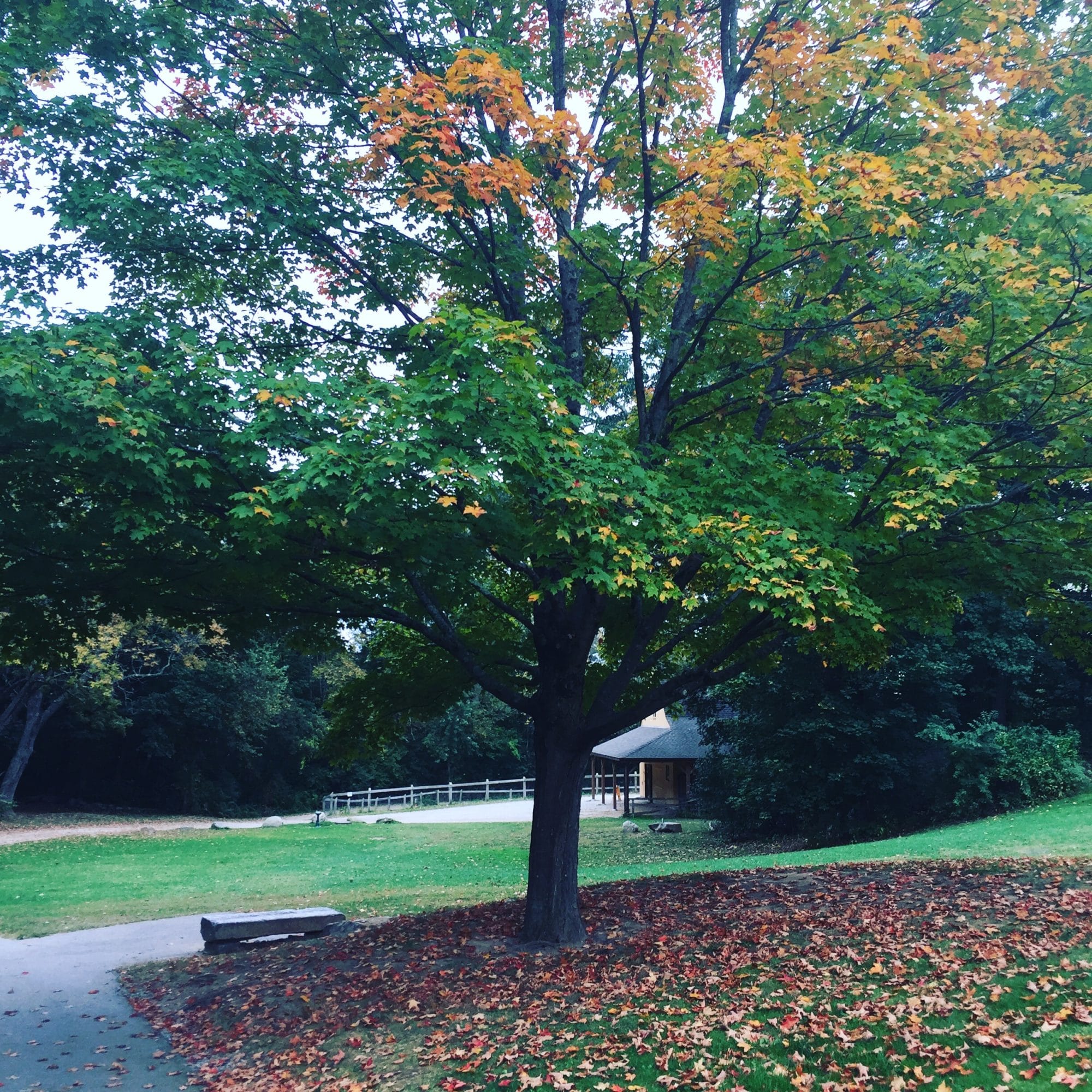
Head outside and ask your child to choose their tree. Ideally, the tree will be close by so your child will have lots of opportunities to visit it and observe it daily or weekly. But if you have to, head to a more wooded area. Tell your child to choose the tree that personally appeals to them. This doesn’t have to be the tallest or prettiest tree. In fact, selecting a tree that they might not notice ordinarily is probably a great choice!
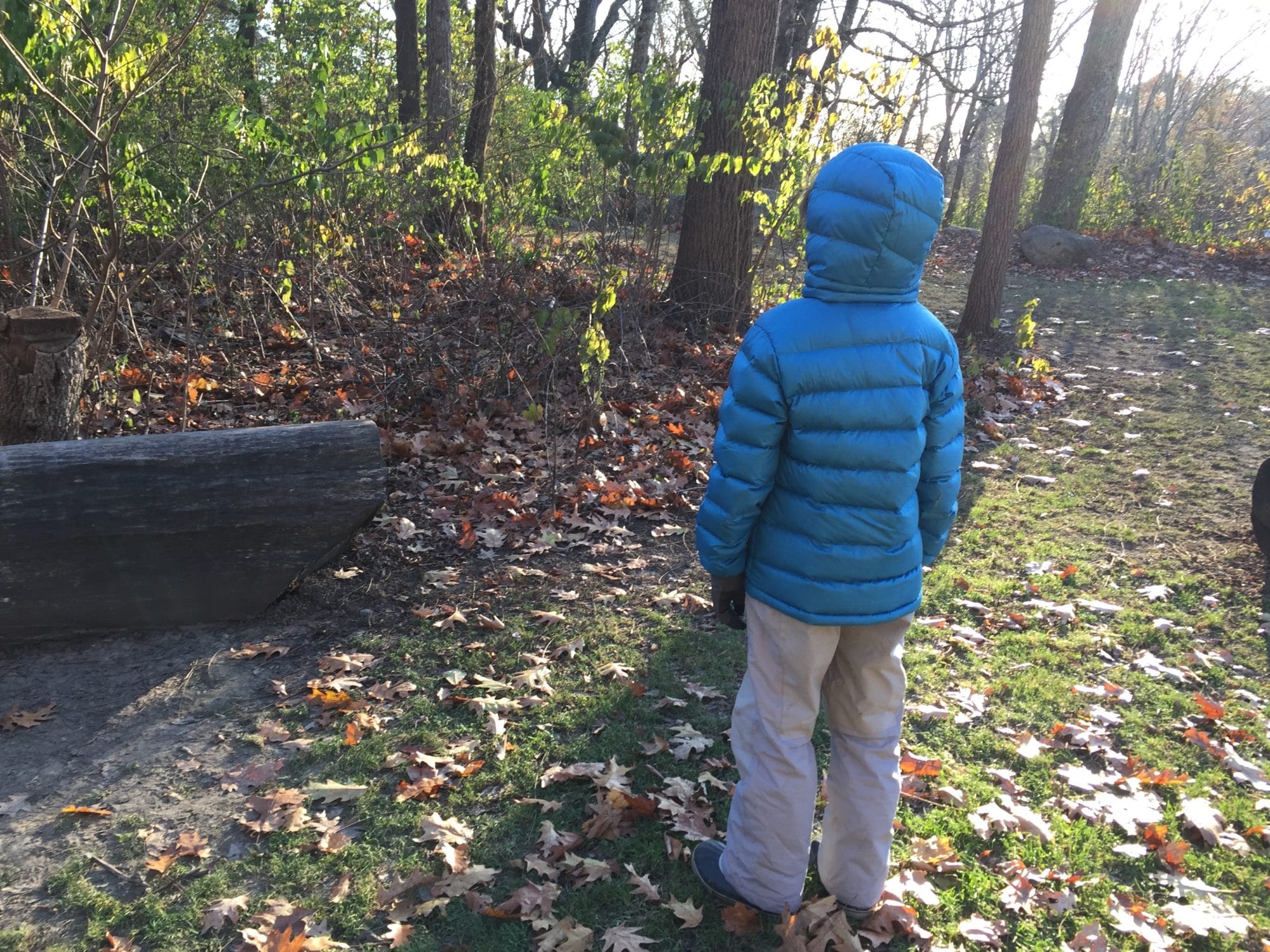
The first thing for your child to do is to sit quietly or stand near their tree, taking it in. They could start by listening to the sounds the tree makes as the wind blows its leaves or the lack of sound. They should tune into the sounds of the environment such as woodpeckers nearby or cars. Next, they could look around to carefully take in the tree’s surroundings. A few things to notice might be: Are there other trees nearby? Is it in a wooded area? Is it alone, isolated surrounded by concrete? Are there natural or manmade objects closeby that are (or could) interfere with its growth? Will it grow up against electrical wires eventually or hit a neighbor’s roof?
After a few minutes, they could move on to observing the tree itself. This is a big-picture observation of their tree. Some observations they should make and record on their tree journal: How tall is the tree? How wide is the trunk? What color is the bark? What is its shape? Does it have leaves? How many branches does it have? Are there any animals occupying it. Do they see nests in their branches? Are the branches full of leaves or bare? Are there any insects using it?
Now your child could focus on the condition of their tree. Do they see oozing sap or notice fungus growing? Does the trunk look strong and sturdy? Do they notice new growth? Trees should produce new growth every year. Did you know that you can check the amount of growth by measuring the distance between this year’s and last (where growth scars on the branch are). Every tree species grows at a different rate, so take this into consideration when helping your child check a tree’s growth.
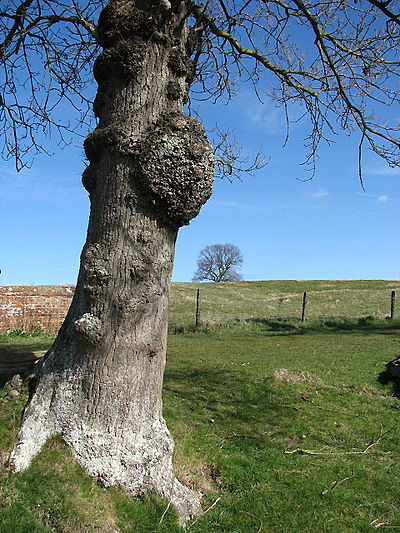
As your child scans the tree trunk and limbs, ask them to notice if there are cavities, cracks, and holes. Cavities are caused by broken branches or pruning. Animals and insects often inhabit tree cavities as they provide excellent shelter. Are there any burls on the tree? A burl is a tree growth in which the grain has grown in a deformed manner and results from a tree undergoing some form of stress such as insect infestation and certain types of mold infestation.
Does the tree have broken branches? A healthy tree will not have many dead or broken branches. Try this test: snap one twig off a branch. Living twigs bend while dead twigs break.
Now they could look up and study the tree’s crown. If the tree has leaves, do they notice bare patches? Ask them to look at the leaves. Healthy leaves (or needles in the case of evergreen trees) could be plentiful. Do they notice any holes in the leaves? Are there signs of insects?
In springtime, your child can look for the tree’s seeds, when seeds and leaves are produced. Each tree has a different seed and it is one of the easiest ways to identify what kind of tree it is.
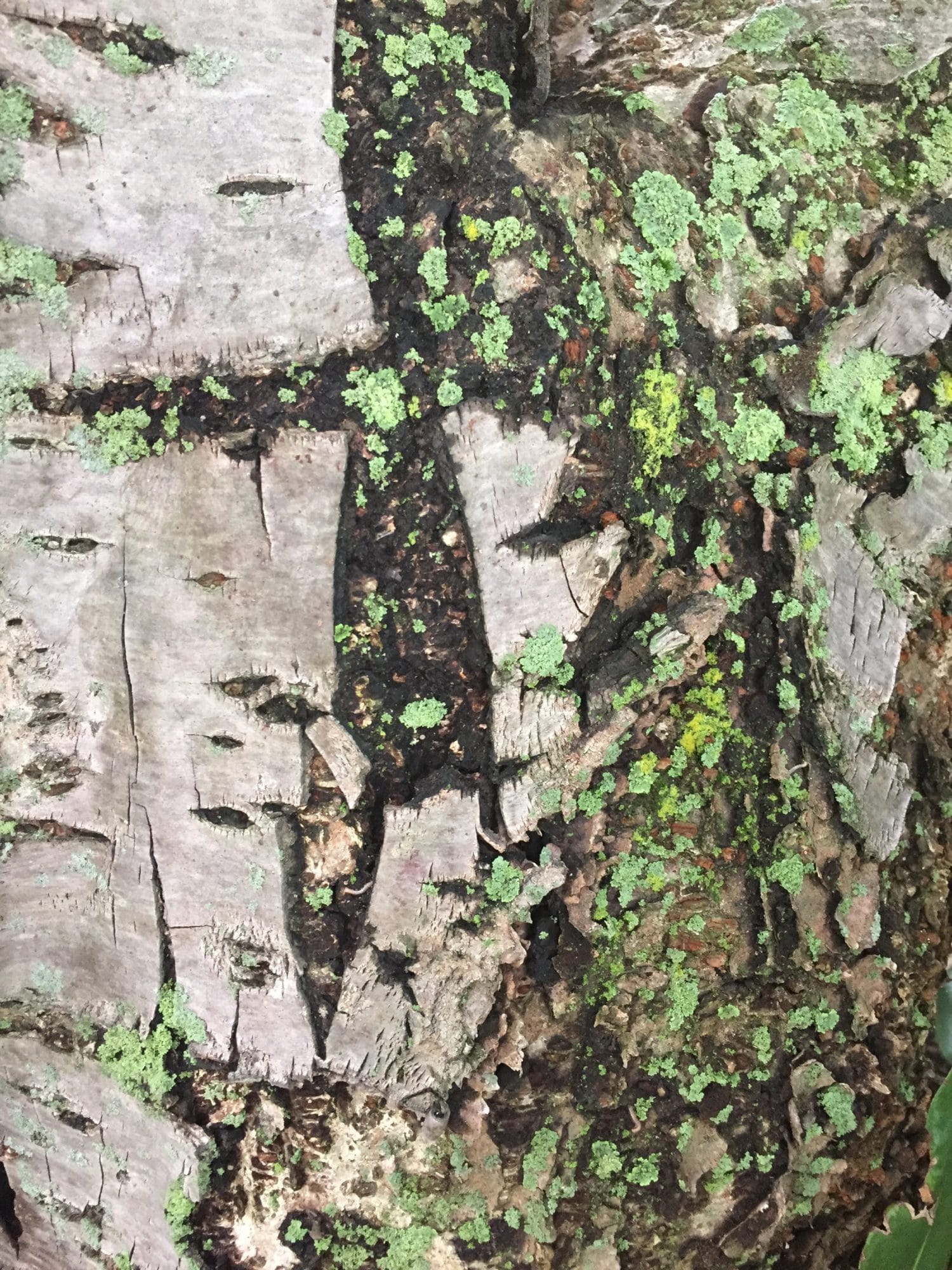 Now it’s time for micro-observation. Tell your child to take a closer look for the next few minutes and zoom in on the tree’s details. Do they see moss or fungus? Ask them to look at the bark of the tree. The outer bark is the tree's protection from the outside world. A tree produces new bark each year and new wood. If you have a magnifying glass, let them use it to look closely at the patterns of the bark, noticing the color. Is the bark strong? Loose or peeling bark on a tree’s trunk and branches is a sign of weak bark.
Now it’s time for micro-observation. Tell your child to take a closer look for the next few minutes and zoom in on the tree’s details. Do they see moss or fungus? Ask them to look at the bark of the tree. The outer bark is the tree's protection from the outside world. A tree produces new bark each year and new wood. If you have a magnifying glass, let them use it to look closely at the patterns of the bark, noticing the color. Is the bark strong? Loose or peeling bark on a tree’s trunk and branches is a sign of weak bark.
Now that your child has carefully observed their tree, they could fill in any more details on the tree journal page, add more details to their sketch and bid farewell for now. Ask them to decide on a day of the week for weekly observation and checking in on their friend, just as they would for a pet.
Some ideas for your child to connect deeper with their tree:
Ask your child to think about what they can do to enhance the life of their tree. Could they clean up around it? Add some moss? Put up a sign asking those passing it to be respectful to the tree? Of course, what they can do depends on if the tree is on public property, your property or another person's property. A good way to find out how your child help do is to contact your city or town park's department.
Learn more about the tree. Help your child use books and other resources to identify their adopted tree. They can use sample pieces of bark, pine cones, leaves, twigs, and their drawing to do this. DId you know that you can estimate the age of a tree without cutting it down? Just by measuring the circumference of the tree’s trunk, you can get a measurement estimate of the age of their tree.
Have your child return another day and draw their tree from a different angle. They could imagine floating above it in the sky. Or they can sit down underneath it and look up, drawing what they see from this POV.
Your child might want to take a few leaves or seeds home to help identify the tree or attach to their tree study notes. A quick search online will produce a variety of artful ideas with leaves, from rubbings to art projects to clay casts.
Ask your child to give their tree a name and write its biography. Trees can live anywhere from less than 100 years up to more than a few thousand years. It all depends on what type of tree it is. Once they have estimated the age of their tree, help them create a timeline of your tree’s life, starting with the year it was a wee sapling. Help your child reconstruct historical events going on nationally, worldwide or even locally to create a chronology of what events your tree has lived through. If they enjoy creative writing, they could write up a story about the tree or create a play.



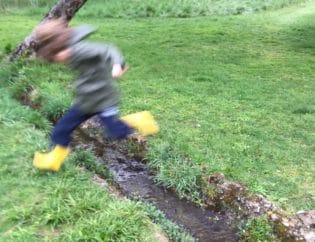
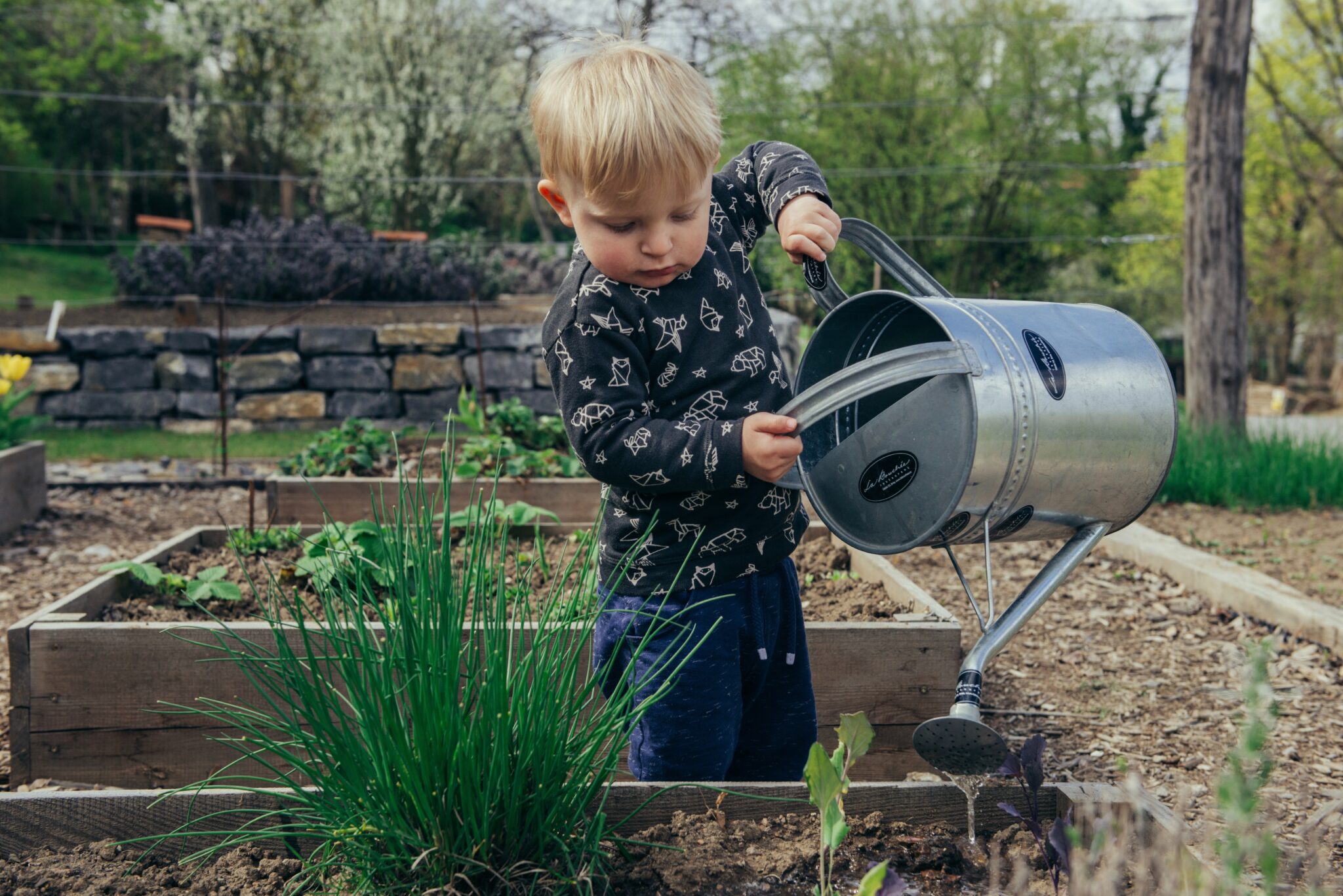

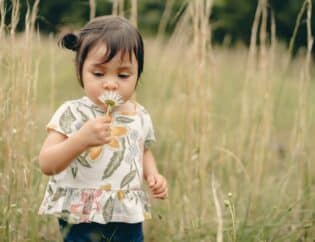
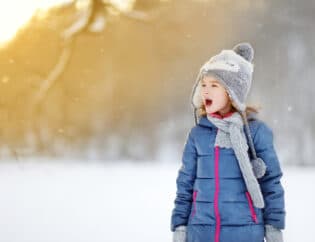
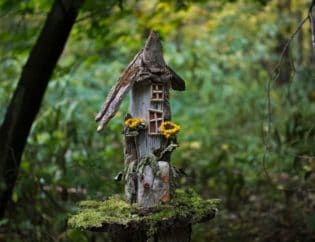
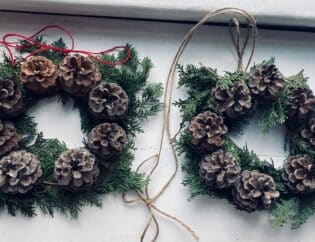

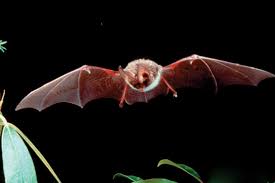
[…] by Nature gives a brilliant plan of how to befriend a tree and record observations in a downloadable tree […]
Comments are closed.